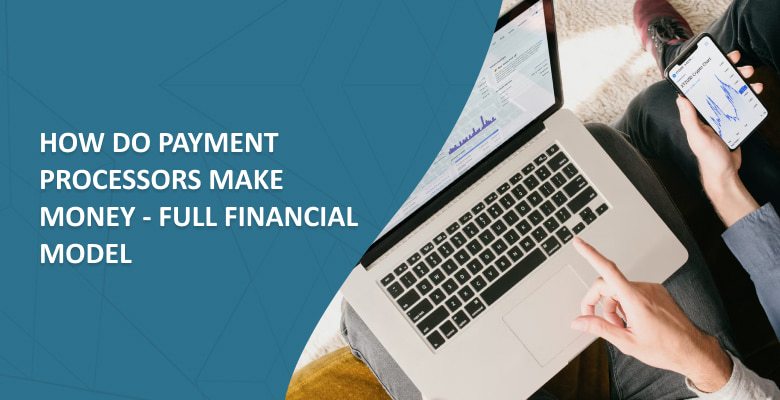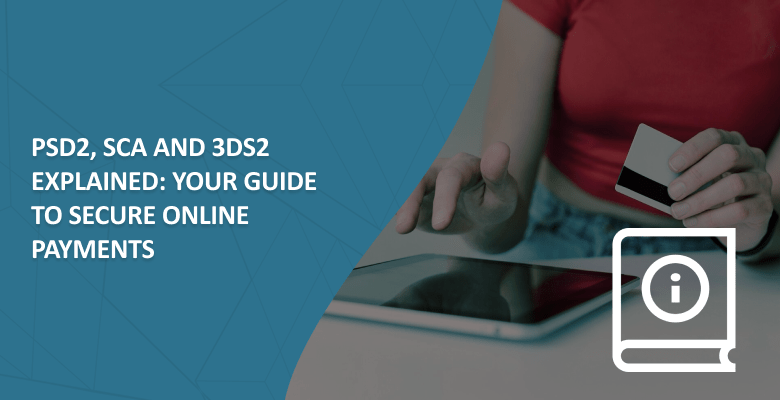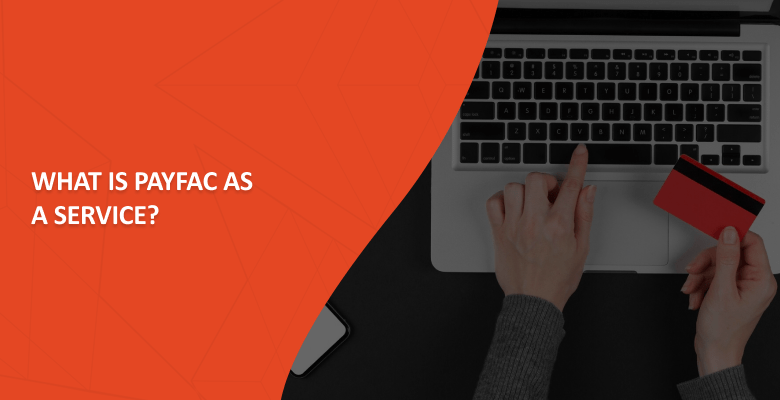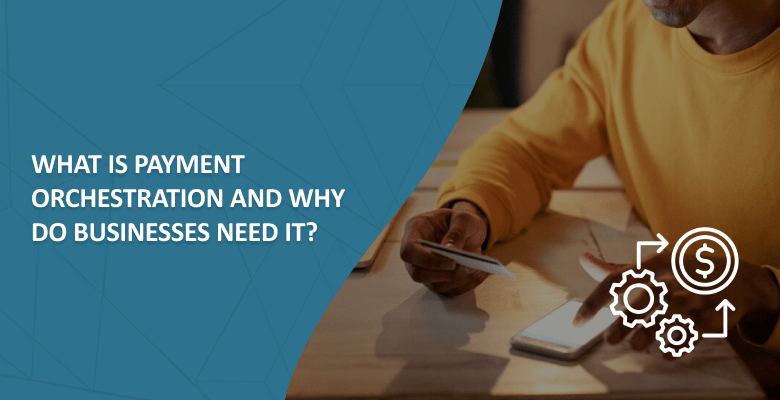
Given the growing demand for e-commerce, more merchants find themselves in need of optimizing existing online payment processing. For this reason, a payment processing company, with no doubt, is an unequivocally profitable venture, without which it would be impossible to make a payment on the website.
Paying by credit card, a client only manages to blink while the payment is already done. In the meantime, a complex ecosystem of players is in action. However, how exactly payment processors earn on transactions may not be so clear. We will uncover the payment processing below, dive into processors’ payment structure, and draft the full financial model used by them.
Parties involved in payment processing
A gap from the moment when a client makes a payment to the moment the finances settle in the merchant’s account is barely noticeable. Basically, there is the merchant who sells the goods, the client who wants to purchase them, and a well-thought-out technology connecting them. A well-coordinated work of technologies of payment processors goes unnoticed. However, without it, the transfer of finances would be impossible.
The payment processors are companies with a license to manage credit or debit card transactions on behalf of merchants and clients. It is an intermediate technological link that enables the merchant to receive clients’ payments. Such parties are involved in payment processing:
Merchant
It is his product that provides the customer’s interest and willingness to make a payment. To be able to receive funds, the merchant should have established payment mechanisms.
The acquirer
A merchant is obliged to have an acquiring bank that supplies a merchant account. The only option for his e-commerce to receive payments by card is for the acquirer to accept payments on his behalf and deposit them into his merchant account.
Payment gateway
A payment gateway is a virtual equivalent of a POS terminal. It is essential to conduct an online transaction. A payment gateway represents software that connects the payment form on the merchant’s website with the processing network. A gateway receives the data from a credit card reader and transmits it securely to a credit card processor.
Payment processor
After the mentioned above data is directed to the payment processor, a transaction is moved through the processing network and back. The processor ensures that the data is transmitted safely among all the parties involved. The processor’s functions are also to send an invoice and work with the client’s bank.
Card network
Through card networks’ electronic infrastructure, banks and processors can communicate and manage transactions in real-time. Another function of card networks is to standardize rules and requirements for the network’s participants.
Client
For purchasing the goods on the website, a client should have a credit or debit card. He has to conduct an agreement with an issuing bank to qualify for a card.
Issuing bank
The name of the issuing bank is written on the credit card of the client. Its function is to approve credit accounts for the cardholders. Issuing banks hold responsibility for paying the merchant’s bank.
How does a payment processor get paid?
All of the parties involved in the processing profit from it at the expense of the transaction fee. Their main income is a discount fee which relies on the merchant. Primarily, payment companies generate revenue by charging them. The fee is calculated as a percentage of the transaction plus a fixed price per transaction in dollars. There are four main components of the fee embedded in every transaction:
- A merchant’s bank charges the percentage of the transaction cost. It is paid based on the kind of credit card, the amount of sale, and the type of business.
- An assessment fee to a card network is also the percentage of the transaction.
- An acquiring bank charges the percentage of the transaction as well, which depends on aspects such as industry, processing volume, sales amount, etc.
- A payment processor that often is also a merchant acquirer charges an authorization fee, but it is a dollar amount per transaction. There are other extra charges for installation, usage, and even cancellation of accounts.
Typically, the fees in percentage are united and listed as one rate, and the dollar amount is listed separately. For instance, 3,5%+$0.15 means that each transaction grants the merchant acquirer a profit of 0.15$, and a merchant is required to pay 3,5% of the transaction volume (TPV) per 1$ too. It is called a discount rate, which combines an interchange fee, an assessment fee, and markups added by the payment processor. The discount fee may range varying on the kind of transaction. It correlates with the expected risk of a transaction.
Pricing structures for payment processors
Looking for a payment processor, merchants often do not understand how transaction fees are calculated. We will uncover the main pricing structures for you to be the most informed about the options available.
Flat-rate pricing
Flat-rate means that the merchant pays a fixed percentage per transaction regardless of actual expenses. The fixed percent includes the percentage paid to a cardholder’s bank, a card network, and a merchant bank. In case a discount fee has a combined rate of 3.5% of the transaction amount plus $0.15 per transaction, it means that a 1000$ sale will cost you 35.15$.
Interchange plus pricing
Interchange is the fee the acquirer covers once a client pays a merchant via credit card. In flat-rate charging, one flat-rate covers the interchange or the wholesale rate as well as the markup from the processor. Unlike it, the interchange is the structure where the acquirer charges a fixed fee over the interchange. For instance, 2.5% + $0.10 over 1.5% interchange fee. In this case, a 1000$ sale will cost you 40,1$.
Tiered pricing
The structure of ties pricing implies the division of transaction rates into qualified, mid-qualified, and non-qualified tiers. Each one has its processing rate. The qualification depends on various features, such as the type of card and payment method. Since the amount of fee differs according to the kind of tier, the approximate cost varies as well. Thus, a 1000$ sale could cost you around 25$-35$.
Earning on payment processing: full financial model
Thus, you know the main parties in payment processing and get how companies determine transaction fees, so let’s look at their financial model using a standard eCommerce transaction.
Assessment fee
Visa and others networks charge the commission that you pay to the card network per transaction for electronic networks that ensure acceptance of credit cards. For example, Visa has a 0,14$ assessment fee for a standard credit card transaction. MasterCard has a 0,13$ fee for transactions under 1,000$ and 0,14$ for greater ones.
Interchange fee
Although such type of fee is paid to the cardholder’s bank that supplies a client with a credit card, its amount is determined by the card network. As a rule, interchange rate is a percentage of a transaction cost plus a fixed dollar amount. Its value depends on the type of card, processing, category of e-commerce, etc. Visa’s interchange fee is from 1.15% +$0.25 to 2.70% + $0.10. MasterCard’s interchange fee is from 1.35% + $0.00 % to 3.25% + $0.10.
Acquirer Mark-Up
Acquirer mark-up is a part of a discount fee that is paid to the acquirer. For the most part, the acquirer mark-up also includes the payment processor’s fee. The acquirer mark-up may differ a lot according to business and transaction type, processing volume, etc. The trial calculation complicates by the fact that many options of services are available for the merchant. Certain merchant services offer a commission per transaction, some once per month, and others impose both per the supplied services.









